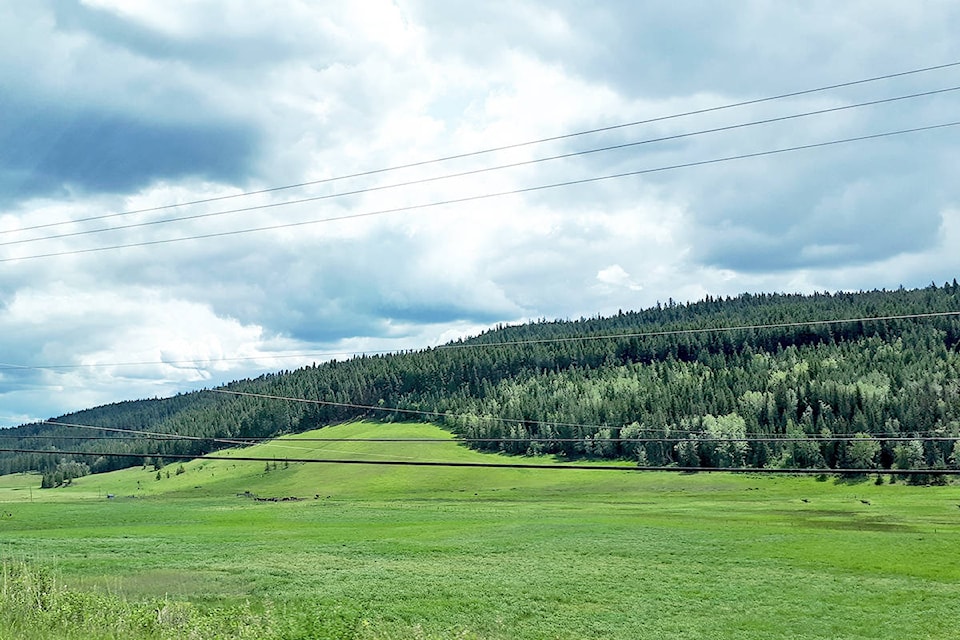As August closed we were still under the effects of smoke which filtered out a lot of light.
I reflected on my days as Minister of Agriculture in the early 90s when it was predicted that within a decade or two the Lower Mainland would be seeing less sunshine because of the air pollution caused by human and industrial activity in the airshed.
The losses of production in agriculture was in the billions of dollars annually. This was troubling.
Now the prospect of the new normal abundant fires and consequent smoke is troubling here in the B.C.
So severe was the smoke in filtering out light that even in our greenhouse delays in ripening of tomatoes and cukes was significant. It seems the ripening is happening now that the air has cleared.
Some ranchers are reporting that their crop is only half of normal. We think the drought conditions of the past several years has reduced yields by close to 30 per cent.
Read More: COLUMNS: Building healthy soils by planting cover crops
So what do we do about it. We keep our fields in top shape biologically by farming the microbes. Feeding them by leaving trash/litter of plants, pasturing only to the point of leaving a full cover of the soil, that is, leaves covering the maximum area so optimum photosynthesis can take place.
The energy of the sun that gets through the smoke can help the plants feed. Within 48 hours 30-60 per cent of carbon from photosynthesis flows through the root system to the soil.
According to one scientist Jim Gerrish who presented in Quesnel two weeks back, one pound of carbon holds 20 pounds of water.
That has to help the plants under drought conditions.
In our northern climate with its cool nights and long days in the summer the types of plants we grow for food and for animal feed might need to be tweaked to adjust our cropping to the new normal.
There are no textbook surefire formulas. We have to do some scientific experimentation in our on farm research to find out what combination of plants is optimum under the new normal.
In aid of this, Thompson Rivers University Applied Ranching course here in Williams Lake will be training the students to do on-farm research as a part of the toolkit that modern ranchers and farmers must have.
The instructor for this module is Catherine Tarasoff who authored “A Guide to On-Farm Demonstration Research” for the BC Forage Council.
The plan is to “train the trainers” so that there are more people-up to four (farmers and ranchers) in the region — so they can help producers set up their own trials.
Anyone interested can call Gillian Watt, Director of the program at TRU at 250-319-2367.
Put more knowledge into your ranching venture! Help other farmers test techniques and crops and the culture of agriculture.
David Zirnhelt is a rancher and member of the Cariboo Cattlemen’s Association. He is also chair of the Advisory Committee for the Applied Sustainable Ranching Program at TRU.
Do you have a comment about this story? email:
editor@wltribune.com
Like us on Facebook and follow us on Twitter.
